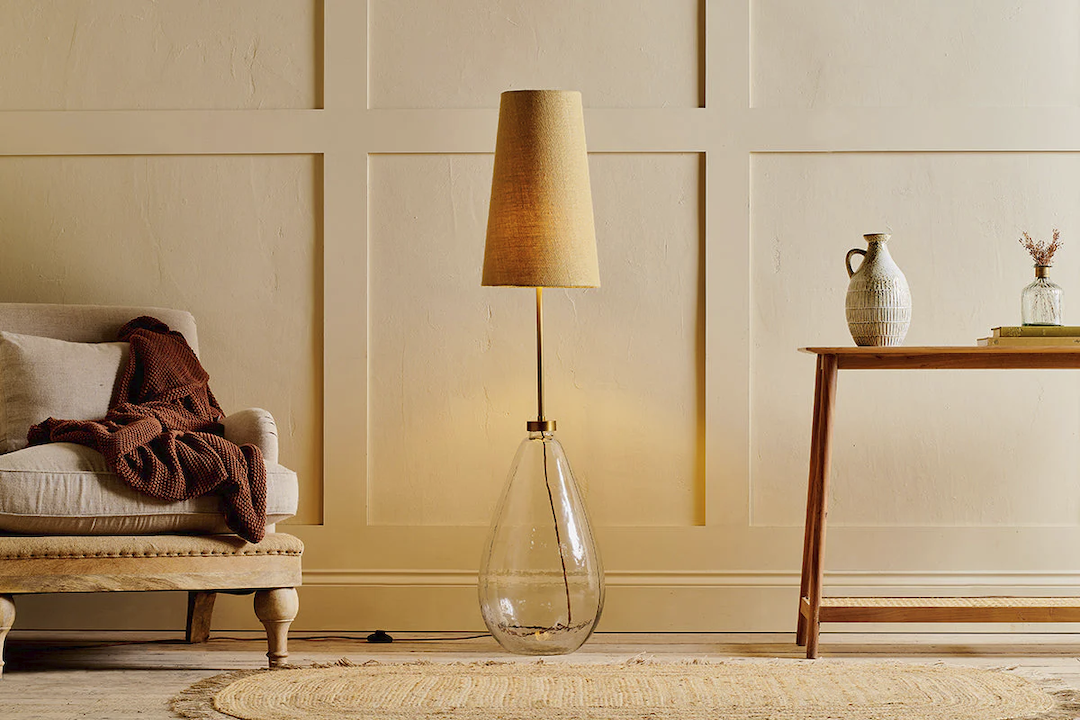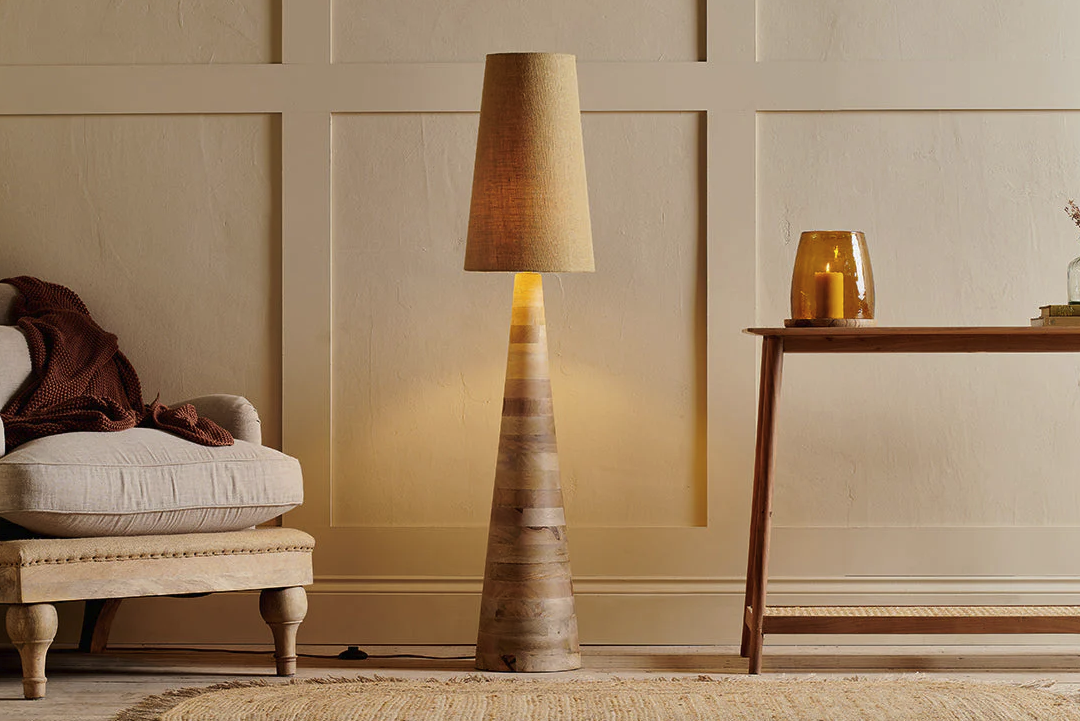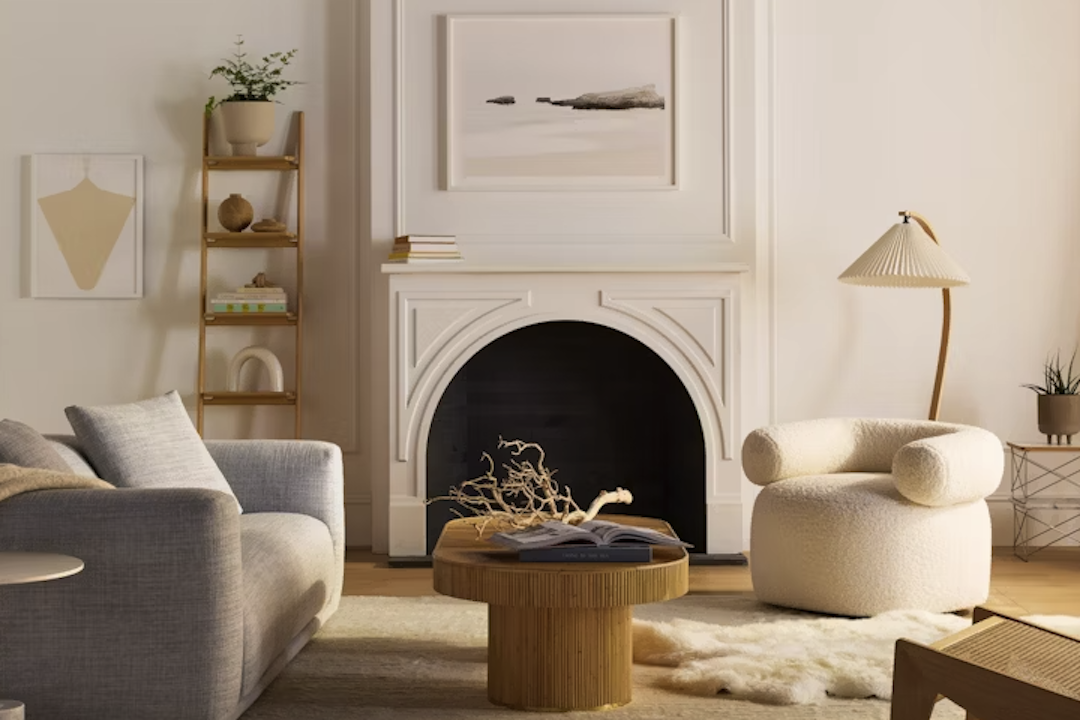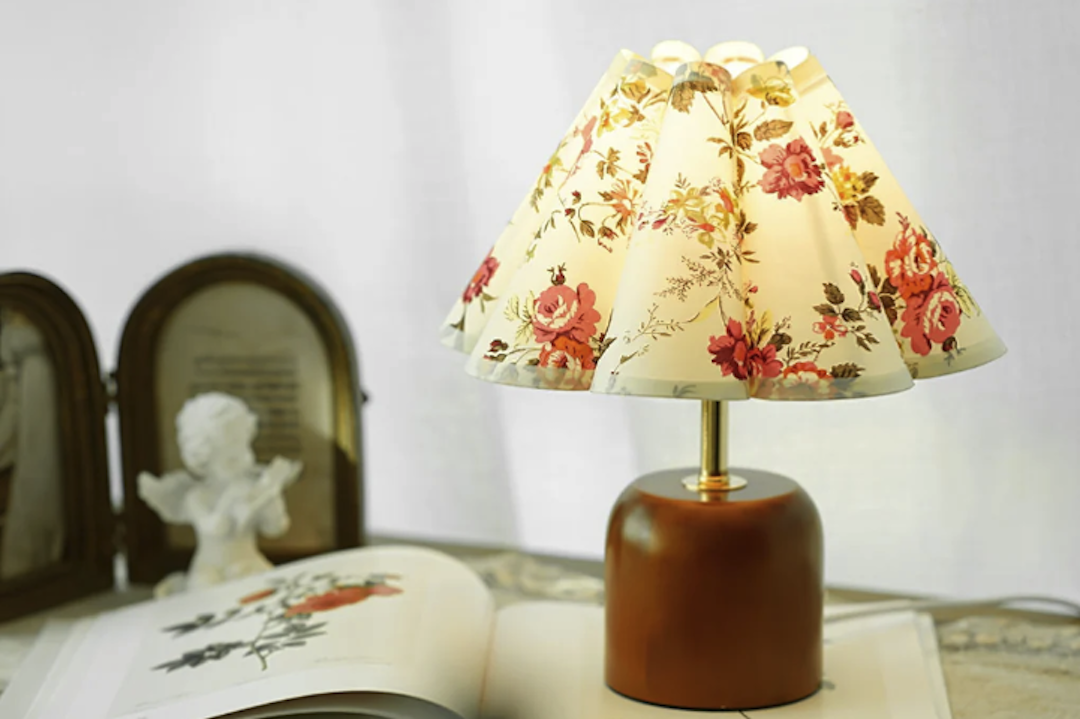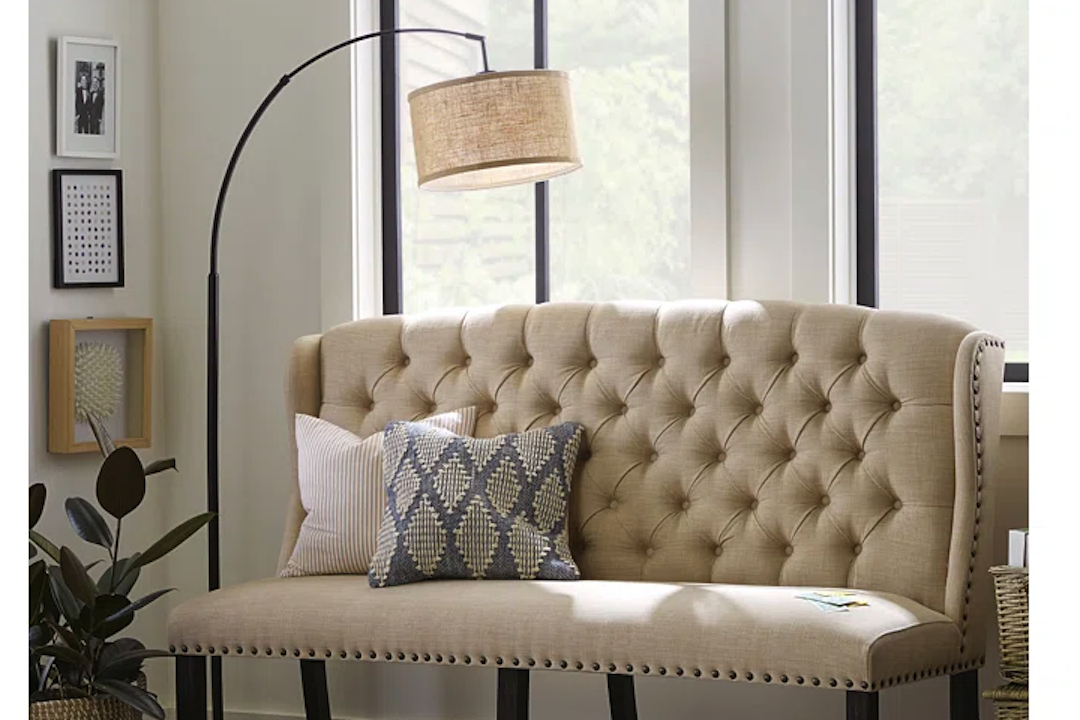Lighting is an essential element in interior design that can greatly impact the look and feel of a space. It serves both functional and aesthetic purposes, enhancing the ambiance and creating a welcoming atmosphere. Proper lighting can highlight architectural features, artwork, and furniture, while also making a room feel more spacious and open.
It is important to consider the function of the space and the activities that will take place in it when choosing the right lighting. Whether it’s natural light, overhead lighting, or accent lighting, each type of lighting serves a specific purpose in interior design. In summary, lighting is a crucial aspect of interior design that should be carefully considered to create a well-designed and inviting space.
Choosing the Right Floor Lamp for Your Space
Determining the Purpose of the Floor Lamp
First and foremost, you should consider the purpose of the floor lamp. Are you looking for task lighting for reading or working, or are you looking for ambient lighting to create a cozy atmosphere?
Considering Style, Size, and Scale
Once you have determined the purpose, you can then consider the style and design of the floor lamp. There are various styles to choose from, including modern, traditional, industrial, and minimalist, so it’s important to select a floor lamp that complements the overall aesthetic of your space. In addition to style, you should also consider the size and scale of the floor lamp in relation to the room. A large floor lamp may overpower a small room, while a small floor lamp may get lost in a large space.
Material and Finish
Furthermore, consider the material and finish of the floor lamp to ensure it complements the existing decor. Whether it’s metal, wood, or glass, the material of the floor lamp should harmonize with the other elements in the room. Ultimately, choosing the right floor lamp for your space involves considering its purpose, style, size, scale, material, and finish to ensure it enhances the overall aesthetic of the room.
Different Styles and Designs of Floor Lamps
Floor lamps come in a variety of styles and designs to suit different preferences and interior aesthetics. Modern floor lamps often feature sleek lines, clean shapes, and minimalist designs that complement contemporary spaces. They are often made with materials such as metal, glass, or plastic and may incorporate innovative features such as adjustable arms or dimmable lights.
Traditional floor lamps, on the other hand, are characterized by ornate details, intricate patterns, and rich finishes that add a touch of elegance to classic interiors. They often feature decorative elements such as tassels, fringes, or stained glass shades that exude a sense of timeless charm. Industrial floor lamps are inspired by utilitarian design and often feature raw materials such as exposed metal and unfinished wood.
They have a rugged and edgy aesthetic that adds character to industrial or rustic spaces. Minimalist floor lamps are characterized by clean lines, simple forms, and understated elegance that blend seamlessly into modern interiors. They often feature monochromatic color schemes and unembellished designs that prioritize function over ornamentation.
Ultimately, there is a wide range of styles and designs of floor lamps available, allowing homeowners to find the perfect piece that complements their interior design style. Floor lamps come in a variety of styles and designs to suit different preferences and interior aesthetics. Modern floor lamps often feature sleek lines, clean shapes, and minimalist designs that complement contemporary spaces.
They are often made with materials such as metal, glass, or plastic and may incorporate innovative features such as adjustable arms or dimmable lights. Traditional floor lamps are characterized by ornate details, intricate patterns, and rich finishes that add a touch of elegance to classic interiors. They often feature decorative elements such as tassels, fringes, or stained glass shades that exude a sense of timeless charm.
Industrial floor lamps are inspired by utilitarian design and often feature raw materials such as exposed metal and unfinished wood. They have a rugged and edgy aesthetic that adds character to industrial or rustic spaces.
How to Use Floor Lamps to Enhance Your Décor
Floor lamps can be used to enhance your decor by adding both functional and aesthetic value to a room. They can serve as statement pieces that draw attention and create visual interest in an otherwise plain space. A well-chosen floor lamp can also complement existing furniture and decor elements by adding texture, color, or contrast to the room.
Additionally, floor lamps can be used to create focal points or highlight specific areas within a room by directing light towards artwork or architectural features. Furthermore, floor lamps can contribute to the overall ambiance of a space by providing ambient lighting that creates a warm and inviting atmosphere. They can also be used to define different zones within an open-concept living area by providing targeted lighting for specific activities such as reading or lounging.
Ultimately, floor lamps can enhance your decor by adding both functional and aesthetic value to a room while contributing to the overall ambiance and visual appeal of the space. Floor lamps can enhance your decor by adding both functional and aesthetic value to a room. They can serve as statement pieces that draw attention and create visual interest in an otherwise plain space.
A well-chosen floor lamp can also complement existing furniture and decor elements by adding texture, color, or contrast to the room. Additionally, floor lamps can be used to create focal points or highlight specific areas within a room by directing light towards artwork or architectural features. Furthermore, they can contribute to the overall ambiance of a space by providing ambient lighting that creates a warm and inviting atmosphere.
Tips for Positioning Your Floor Lamp for Maximum Impact
Positioning your floor lamp correctly is essential for achieving maximum impact in your space. When placing a floor lamp for task lighting such as reading or working, it’s important to position it next to or behind seating areas to provide adequate illumination without causing glare or shadows. For ambient lighting purposes, consider placing the floor lamp in a corner or behind furniture to create a soft glow that fills the room without being too harsh or direct.
Additionally, consider using multiple floor lamps strategically placed throughout a room to create layers of light that add depth and dimension to the space. This can be achieved by combining different types of floor lamps such as torchiere lamps for ambient lighting and adjustable task lamps for focused illumination. Furthermore, consider using floor lamps with adjustable arms or shades that allow you to direct light where it’s needed most.
Ultimately, positioning your floor lamp for maximum impact involves considering its purpose and function while strategically placing it to achieve optimal lighting effects in your space. Positioning your floor lamp correctly is essential for achieving maximum impact in your space. When placing a floor lamp for task lighting such as reading or working, it’s important to position it next to or behind seating areas to provide adequate illumination without causing glare or shadows.
For ambient lighting purposes, consider placing the floor lamp in a corner or behind furniture to create a soft glow that fills the room without being too harsh or direct.
Incorporating Floor Lamps into Different Rooms in Your Home
Living Room Ambiance
In living rooms, floor lamps can serve as statement pieces that provide ambient lighting while complementing existing furniture and decor elements. They can also be used to create cozy reading nooks or highlight artwork or architectural features within the space.
Bedrooms and Home Offices
In bedrooms, floor lamps can provide task lighting for reading or getting ready while adding visual interest to the room. They can also serve as decorative accents that contribute to the overall ambiance of the space. In home offices or study areas, floor lamps can provide focused illumination for working or studying while adding a touch of sophistication to the room.
Entryways and Beyond
Furthermore, floor lamps can be used in entryways or hallways to create welcoming atmospheres while illuminating these transitional spaces. Ultimately, incorporating floor lamps into different rooms in your home allows you to add both functionality and style while enhancing the overall ambiance and visual appeal of each space.
Maintenance and Care for Your Floor Lamp
Proper maintenance and care are essential for keeping your floor lamp looking its best and functioning properly. Regular dusting with a soft cloth or duster will help prevent dust buildup on the surface of the lampshade and base. For metal or glass finishes, use a mild cleaner specifically designed for those materials to remove any smudges or fingerprints.
Additionally, check the electrical components of your floor lamp regularly to ensure they are in good working condition. If you notice any frayed wires or loose connections, it’s important to have them repaired by a professional electrician to prevent any safety hazards. Finally, consider replacing light bulbs as needed to maintain optimal illumination from your floor lamp.
By following these maintenance tips and caring for your floor lamp properly, you can ensure that it remains an attractive and functional addition to your home for years to come. Proper maintenance and care are essential for keeping your floor lamp looking its best and functioning properly. Regular dusting with a soft cloth or duster will help prevent dust buildup on the surface of the lampshade and base.
For metal or glass finishes, use a mild cleaner specifically designed for those materials to remove any smudges or fingerprints. Additionally, check the electrical components of your floor lamp regularly to ensure they are in good working condition. If you notice any frayed wires or loose connections, it’s important to have them repaired by a professional electrician to prevent any safety hazards.
Finally, consider replacing light bulbs as needed to maintain optimal illumination from your floor lamp. In conclusion, Lighting is an essential aspect of interior design that has the power to completely transform a space by enhancing its ambiance and visual appeal. When choosing a floor lamp for your space, it’s important to consider its purpose, style, size, scale, material, and finish to ensure it complements your interior aesthetic while providing adequate illumination.
There are various styles and designs of floor lamps available that cater to different preferences and interior aesthetics. Floor lamps can enhance your decor by adding both functional and aesthetic value to a room while contributing to its overall ambiance. Proper positioning of your floor lamp is essential for achieving maximum impact in your space by considering its purpose and function while strategically placing it for optimal lighting effects.
Incorporating floor lamps into different rooms in your home allows you to add both functionality and style while enhancing their overall ambiance and visual appeal. Proper maintenance and care are essential for keeping your floor lamp looking its best and functioning properly so that it remains an attractive addition to your home for years to come.


